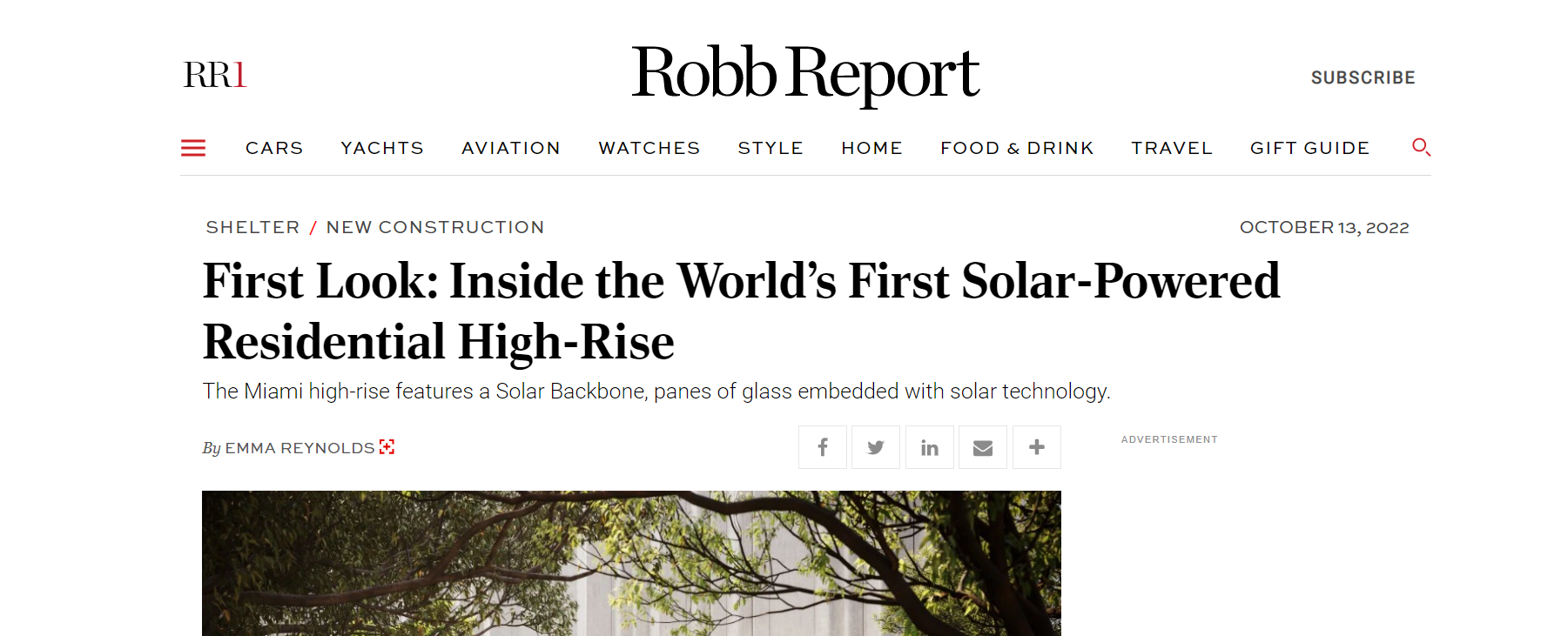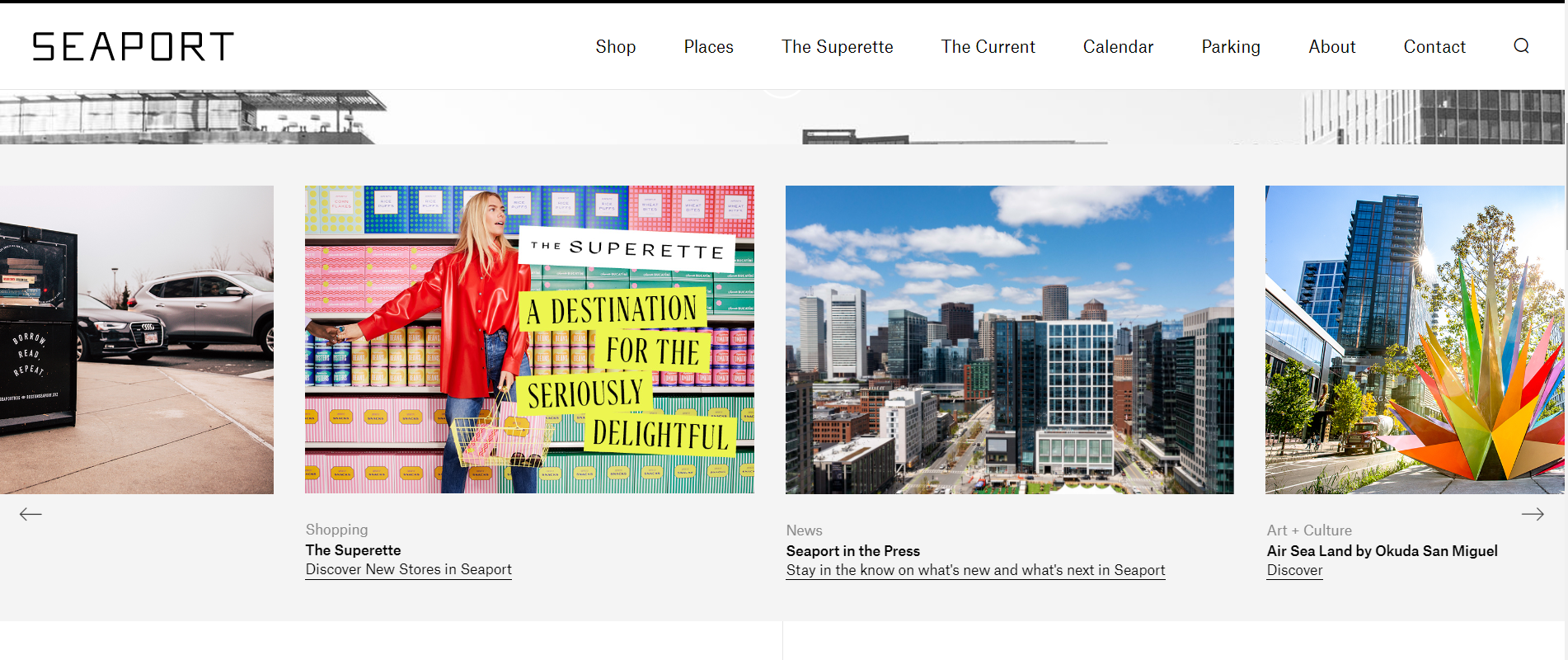Real Estate Trend Analysis for Development Projects
Tu Casa, Bali & image courtesy of Lutolli Architects + Partners
In this article, we'll delve into the importance of real estate trend analysis for making informed decisions and optimizing the success of your property ventures.
And why trust us? At Proven Partners, we have an extensive expertise and experience with real estate trend analysis, backed by real estate marketing projects that saw exceptional results. Beyond our track record of successful projects, which we will reference in the guide below, you’ll gain some valuable insights into the top approaches for spotting new market opportunities, hedging your risks, and staying ahead of the latest real estate conditions.
These are our proven and proprietary techniques based on big data analytics and hand-selected case studies, which consistently equip our clients to make the confident decisions they need for strategic property marketing success.
Read ahead to explore the emerging trends in real estate analysis that drive results, unlocking actionable steps for you to optimize your real estate development plans.
What is real estate trend analysis?
Real estate trend analysis is a systematic approach to studying past, present, and projected future patterns in property markets to uncover the underlying factors that influence growth, value, and demand.
This method allows investors and developers to make informed decisions about the potential success of real estate projects by examining market data such as historical sales, rental rates, mortgage rates, and demographic shifts.
For instance, check out this study analyzing the Japanese real estate market that found how less-commonly-tracked data variables, such as net migration ratios and taxable income growth, can make waves in forecasting real estate performance. In this case, the specific yields from annualized returns were up to 4.6%, and with low volatility.
Essentially, trend analysis empowers real estate professionals to optimize returns on investment, mitigate risks, and tailor development plans to cater to the evolving needs and preferences of their target market.
What types of trend analysis can be beneficial to analyze?
In this section, we'll explore more than just one edition of real estate market trend analysis so you have an array of approaches to consider. Some of the key trend analysis types include:
High-Tech Trends – This means blending new and improved technologies into real estate developments, such as AI systems, Internet of Things devices, and even blockchain options for transactions. This can make for more efficient property management, marketing, and transactions, while appealing to a tech-savvy audience.
Aesthetic Trends – These are the design preferences of buyers or renters that influence their decisions. Currently, popular trends include sustainable architecture, minimalist furnishings, or low-water landscaping.
Lifestyle Preferences – These influence how people choose to live and work. For example, the rise of remote work is creating greater demand for home offices and having nearby lifestyle amenities that don’t require a commute.
Demographic Trends – These are the shifts in the traits of a given population. Commonly tracked demographic trends affecting what properties are most popular include age, income levels, and family size.
Property Market Trends – This refers to the changes in supply, demand, pricing, and rental returns. It’s critical to factor in seasonal behavior as well as neighborhood hotspots to hone in on the biggest opportunities to capture audience attention.
Each type of analysis provides a different perspective and helps paint a comprehensive picture of the market landscape. Let’s dive in!
High-Tech Trends
In today's rapidly advancing technological landscape, incorporating high-tech features into luxury real estate projects is essential.
High-end clients often seek properties that prioritize eco-friendly living, sustainable real estate practices, and smart home automation. This is a trend real estate developers should capitalize on. By staying updated on emerging technologies and integrating them into your projects, you can set your properties apart from the competition and justify premium pricing.
One exemplary project that showcases the effective use of smart tech is Ytech's Brickell project. This forward-thinking development has embraced sustainable practices and advanced technology to create a cutting-edge living experience for its residents. By incorporating eco-friendly features, such as energy-efficient systems, green roofs, and smart home automation, Ytech has managed to set their project apart from the competition.
As a result of their commitment to sustainability and technological innovation, the Brickell project has received incredible media coverage, generating significant interest and demand. The development has been lauded for its progressive approach to luxury living, capturing the attention of potential buyers who prioritize eco-friendly, technologically advanced homes.


Aesthetic Trends
Aesthetic appeal plays a vital role in attracting potential buyers and increasing the perceived value of luxury real estate projects. By monitoring design trends, real estate developers can create appealing spaces that meet the evolving tastes of discerning clients. Incorporating innovative design elements and staying on top of the latest styles can significantly enhance the desirability of a project.
Itz’ana Resort and Residences: A Proven Partners Case Study
An outstanding example of high design in luxury real estate is the Itz’ana Resort and Residences, which is a project we worked on hand-in-hand with developers to bring to life. This upscale development has established artistic and architectural excellence by creating stunning homes that are described as "sculptures to live in." The project showcases a unique blend of innovative design, aesthetic appeal, and functional living spaces, capturing the essence of sophisticated modern living.
The cutting-edge design of Itz’ana homes has garnered significant attention from potential buyers and media alike, even showing up in esteemed publications such as Architectural Digest, the New York Times, and Vogue, demonstrating the power of keen aesthetics and the power of a dedicated team like Proven Partners in a competitive real estate market.



Lifestyle Preferences
Understanding and catering to the lifestyle preferences of your target market can greatly impact the success of your luxury real estate project.
By analyzing real estate markets in terms of current and emerging lifestyle trends, developers can integrate sought-after amenities and services, such as wellness centers, co-working spaces, and smart home technologies. These features can not only elevate a project's desirability but also reinforce its exclusivity.
For instance, take a look at the fact that the luxury market saw sales during the last quarter of 2023 increase by 4.2% for single-family homes and by 14.2% for attached properties year-over-year. Not to mention, the volume of new luxury listings increased as well.
Johari Beach Residences: A Proven Partners Case Study
The Johari Beach Residences is one of our prime case studies of luxury real estate, offering exceptional amenities to attract and cater to an upscale clientele.
When the Proven Partners team started to work on this development, we made sure to highlight the 10 villas and 13 apartments that raise the bar for luxury living with its unparalleled features that accommodate the latest high-end lifestyle trends.
Spread across 8,900 square meters, Johari Beach Residences offers a highly diverse range of features tailored for various lifestyle preferences. Outdoor sports and recreation enthusiasts can enjoy the property’s state-of-the-art gym, while those seeking relaxation and tranquility will appreciate the infinity pool outdoors which overlooks the ocean.
What’s more, all residents have access to a clubhouse with a concierge team, a coworking space, a members-only lounge, and a coffee corner. All this is designed to ensure a peaceful escape from daily stress. By featuring these details clearly in our marketing, as a result of analyzing customer preferences, Johari Beach Residences saw a spike in lead generation.



Sandbank Villas: A Proven Partners Case Study
For another standout example of luxury real estate market analysis and lead generation with Proven Partners, look no further than Sandbank Villas. This is a collection of beachfront residences located in Zanzibar that required a specific lens for driving engagement and ultimately sales.
By collaborating closely with the developers, our team at Proven Partners did an evaluation of the lifestyle trends that most resonate with prospective buyers, making sure our marketing efforts were effective and efficient.
One selling point is that Sandbank Villas captures indoor and outdoor living spaces with seamless boundaries, double-height ceilings, floor-to-ceiling windows, and ocean-view pools, which all provide a sense of open space, tranquility, luxury, and natural serenity for those seeking a calm beachside lifestyle.
Both Johari Beach Residences and Sandbank Villas provide thoughtfully curated amenities that effectively demonstrate the importance of understanding and catering to the evolving demands of the target market when developing luxury real estate projects.
Demographic Trends
Keeping a close eye on economic and demographic data and understanding its ebbs and flows is crucial when developing luxury real estate projects. By understanding and catering to the needs of your target demographic, you ensure that your project remains relevant, desirable, and in high demand.
Factors such as population growth, age distribution, and income levels can help define market areas ideal for your project.
Take for example that in 2023, London’s luxury property market grew massively in terms of sales, with 54 homes priced over £15 million sold, totaling £1.3 billion—which is a shocking 26% higher than in 2022.
This surge was driven largely by certain demographic trends such as the influx of Middle Eastern royals, Indian businessmen, and American technology billionaires to London. This highlights the importance of understanding and targeting specific affluent demographics that happen to me migrating to particular locales.
The importance and impact of this kind of analysis is further seen when looking at large-scale projects.
One large-scale, mixed use real estate project that effectively leverages demographic trends is the Asbury Park development in New Jersey. This coastal city has witnessed a resurgence in recent years, attracting a diverse mix of residents, including young professionals, families, and retirees, who are drawn to the area's vibrant arts scene, historic architecture, and beautiful beaches.
Developers used a variety of private research, demographic data, and information sources both national and local online to recognize the potential of Asbury Park and cater to the varying needs and preferences of the growing population. These developments include a mix of housing options, such as modern condos, single-family homes, and senior living communities, along with residential retail offices, to accommodate the diverse demographic.
This example demonstrates how tracking home prices, homes sales, and markets including changing demographics can help developers inspect proposed development sites for potential success.
Property Market Trends
The typical trend of real estate markets has a cyclical nature, with periods of growth and decline.
A comprehensive understanding of market cycles can enable developers to make informed decisions about when to launch, invest in, or divest from projects. By timing the market strategically, you can maximize returns on investment, capitalize on favorable conditions, and avoid downturns that could negatively impact your project's success.
To look at some data, see how the U.S. commercial real estate market experienced a record $912.5 billion in sales in 2021, and then later declined to $730.7 billion in 2022. This massive swing illustrates the importance of recognizing and adapting to market cycles–you don’t want to get caught investing at the wrong time or in the wrong conditions.
The Seaport District in Boston serves as a compelling example of a property market trend real estate professionals can analyze for a more successful development. Once an underdeveloped industrial area, the Seaport District has transformed into a thriving mixed-use neighborhood over the past two decades, attracting major tech companies, upscale residential developments, and a vibrant array of retail and dining options.
Developers and investors recognized the potential of the Seaport District during a period of economic growth and increasing demand for real estate suitable for urban living. By timing their investments and development projects to coincide with the upward swing of the property market cycle, they were able to capitalize on favorable market conditions and proposed development sites evaluated positively to generate significant returns.
As the Seaport District's property market cycle matured, developers adapted their strategies, focusing on projects that catered to the changing needs of the growing community, such as office spaces, luxury condos, and cultural amenities.
This example underscores how development sites evaluate competitive opportunities through their viability across different property market cycles. By timing the swings and seeing which sites have positive evaluations, you can maximize returns with successful real estate projects.


Why is trend analysis so crucial?
Real estate market analysis, trends, methods, and information sources play a pivotal role in the planning and execution of successful property development projects and luxury real estate marketing plans. It equips developers and investors with valuable insights into the ever-changing real estate landscape, enabling them to make informed decisions and minimize risks.
Here are three key reasons why real estate market analysis trends methods and information sources are an indispensable component of any property development concept:
Accurate valuations
Risk Mitigation
Adaptability
Accurate valuations
Thorough trend analysis enables developers and investors to estimate the value of their real estate projects and information sources more accurately. Just see this study from the National Association of Realtors: it found that properties with the most accurate valuations are 46% more likely to sell within their first month of bring listed. It just goes to show how careful pricing actually leads to more sales.
By understanding the trends, methods, and information sources influencing property list prices, they can establish realistic valuations that reflect the true potential of their projects, leading to better real estate investment decisions and optimized returns.
Risk Mitigation
Trend analysis can help identify potential challenges and risks, such as unfavorable market conditions, demographic shifts, or regulatory changes.
For example, one source you can reference is the The Global Real Estate Risk Outlook 2024. This report states that 66% of firms in the Asia-Pacific region reported significant impacts from climate-related losses. At the same time, only 10% of firms around the world are confident in their insurance coverage against extreme weather events like earthquakes, forest fires, or flooding.
By staying ahead of these trends, developers can proactively address these issues and minimize their impact on the project's success.
Adaptability
Real estate markets are constantly evolving, and trend analysis enables developers to remain agile and responsive to change. By staying attuned to emerging trends and adapting project plans accordingly, developers can ensure their properties remain desirable and competitive in the market.
Real estate developers might consider reading The State of Automated Valuation Models (AVMs) in the Age of Big Data report because it highlights that AVMs can actually provide more information than your typical valuation estimations. This means the include reliability metrics and other statistics, which support realtors in understanding and responding to market changes.
These publications, reports, and sites evaluate competitive properties so professionals have more insights.
Olive Grove Residences & image courtesy of K-Studio
Expert real estate market trend analysis
In today’s competitive real estate industry, staying ahead requires more than just understanding market trends—it demands actionable insights to adapt and thrive. Without expert analysis, you risk inaccurate valuations, missed opportunities, or unexpected setbacks that could jeopardize your project’s success.
With Proven Partners by your side, you gain access to reliable real estate market analysis, tailored insights, and proven strategies to ensure informed decision-making, precise valuations, and proactive risk management. Our deep expertise and personalized approach make us the trusted partner for real estate professionals looking to succeed in a fast-changing market.
Don’t let uncertainty hold you back. Visit the Proven Partners Real Estate Marketing page to learn how our comprehensive trend analysis services can help you unlock the full potential of your next property venture and achieve lasting success.






